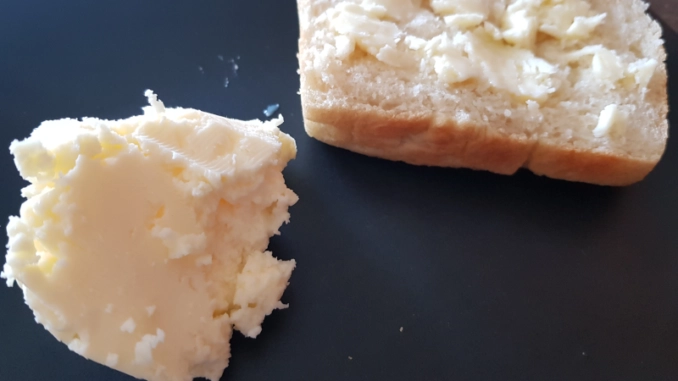
Butter is obtained from cow’s milk. But did you know that you can prepare your butter at home, without raising cows in your garden? This simple technique will allow you to make butter yourself, just like our grandparents did before. Let’s go for an edible scientific experiment!
You will need:
- 3.5 oz cream containing at least 30% fat
- Clean marbles
- A clean jam jar with its lid
- A sieve
- Fresh bread
- A spread knife
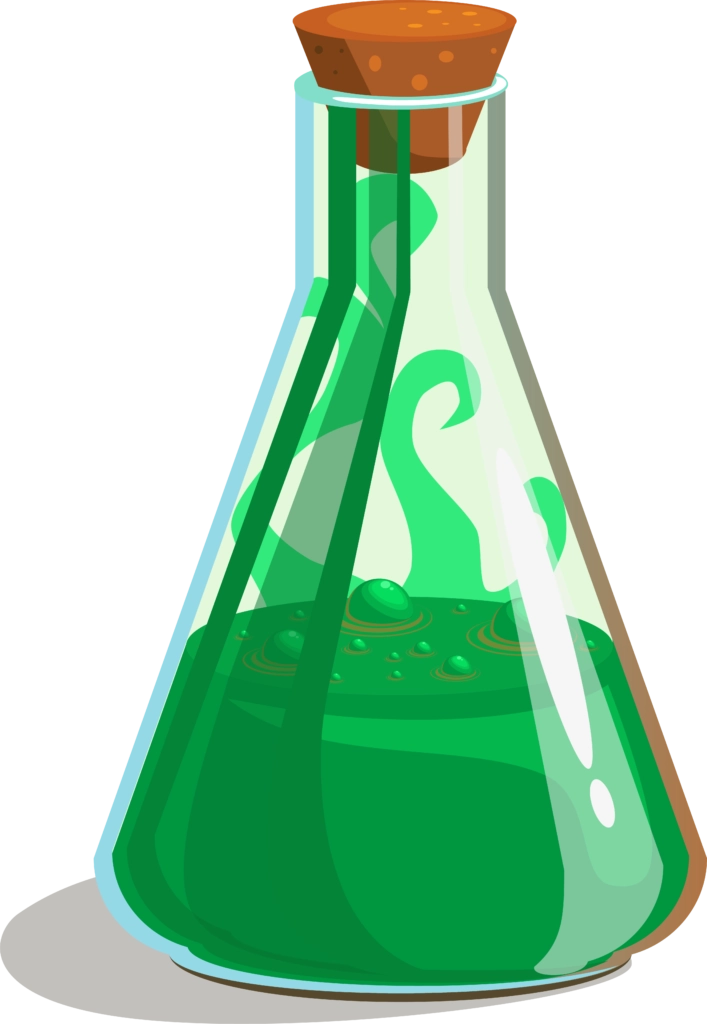
From 6 years

Difficulty : easy

Let's experiment
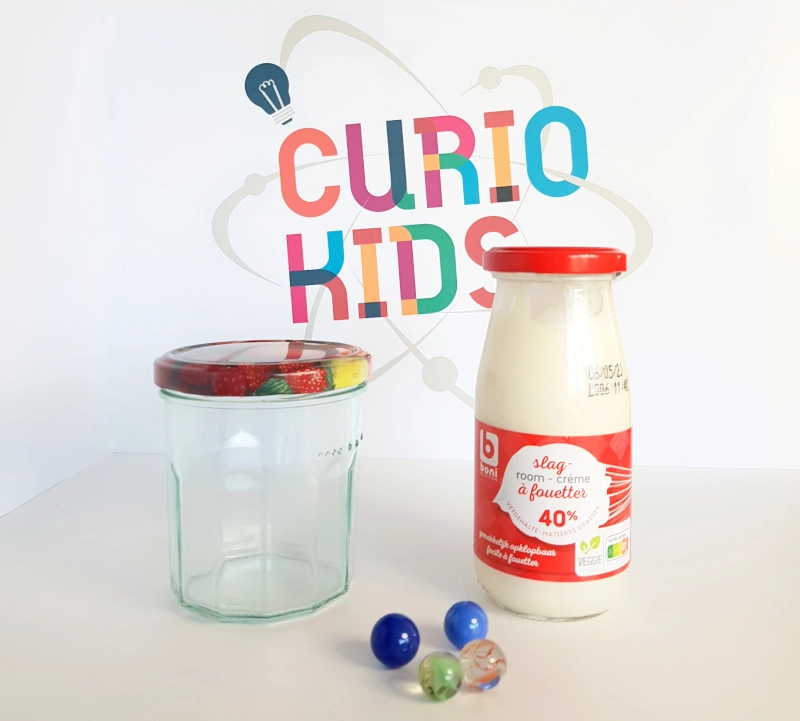
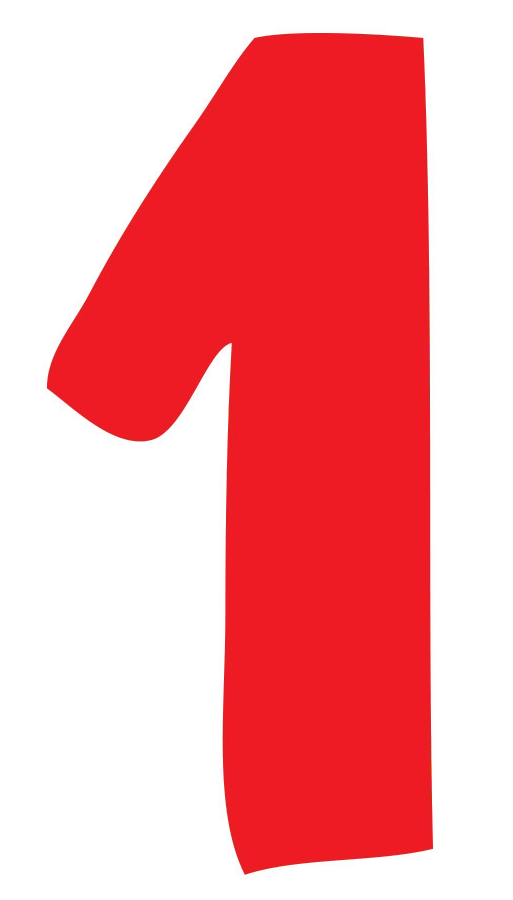
Gather the equipment you need.
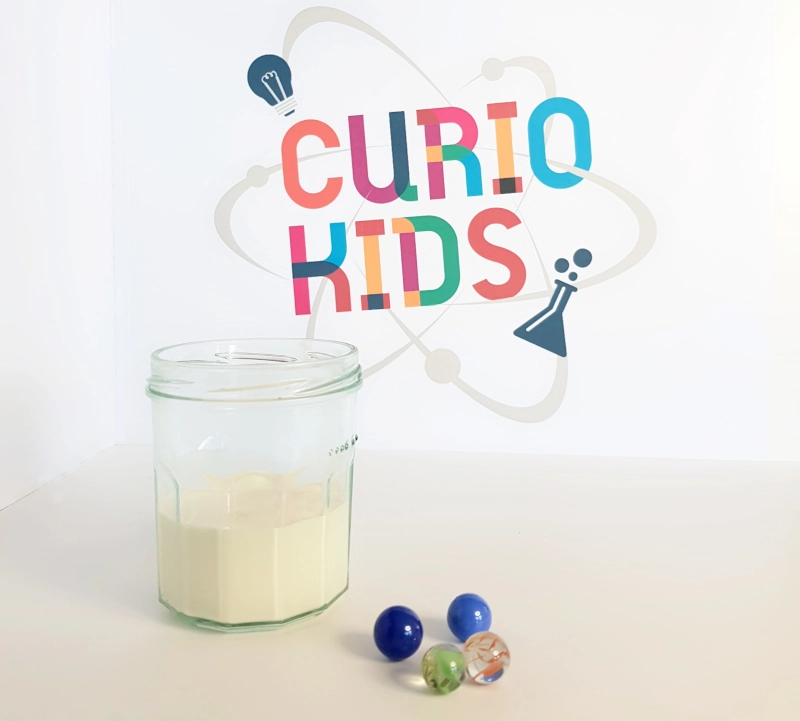

Fill a third of the jar with the cream kept at room temperature. Add two or three marbles inside.
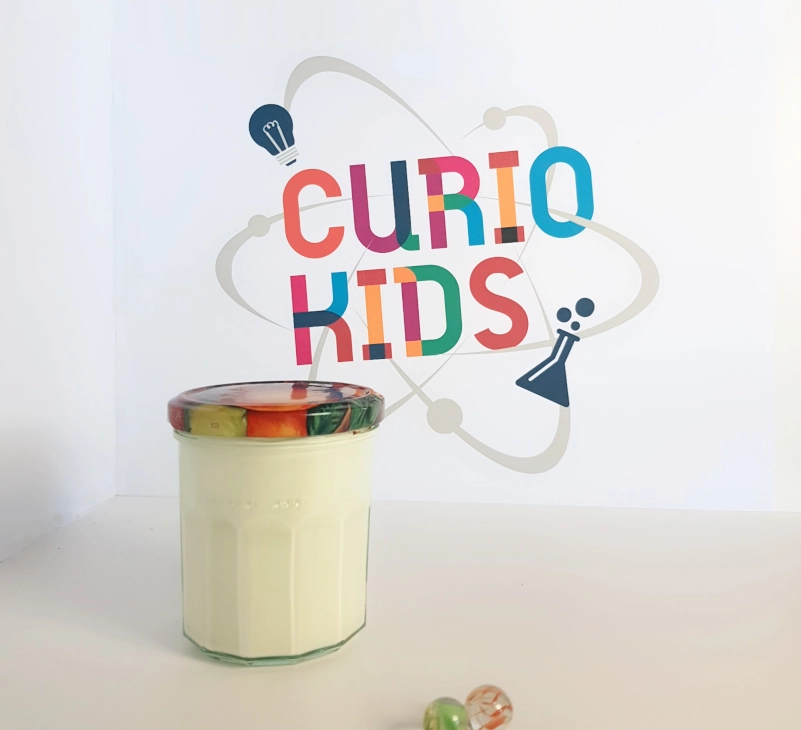

Close the lid carefully and shake the jar for few minutes. You will hear the marbles ricochet on the walls. Shake until you hear no more noise.
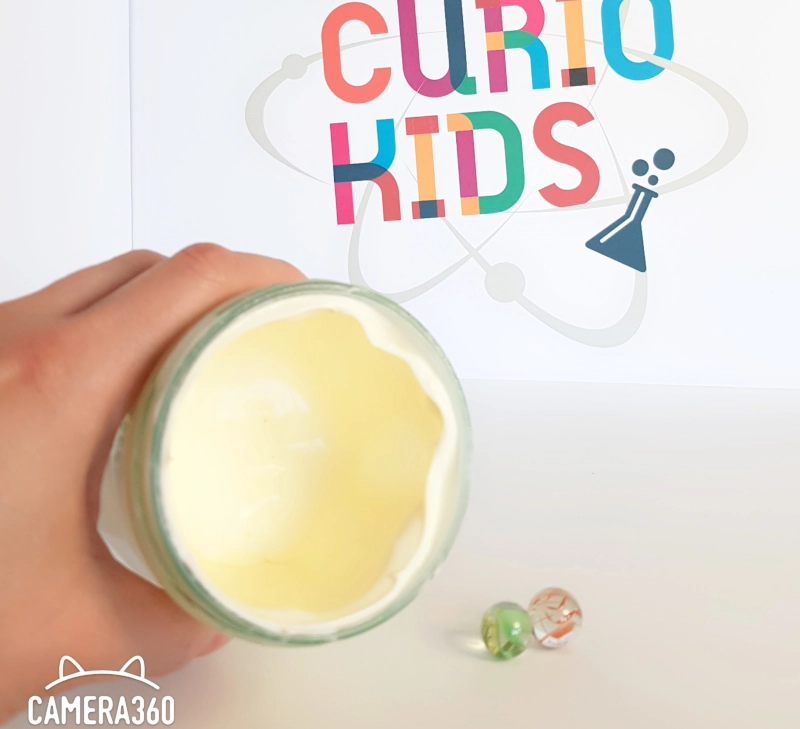

When you can’t hear anything, open the lid and watch! You made whipped cream. But it’s not butter yet!

Close the lid again and shake with all your might. Suddenly, you will hear the noise of the marbles again. Now observe a block of butter formed in your jar
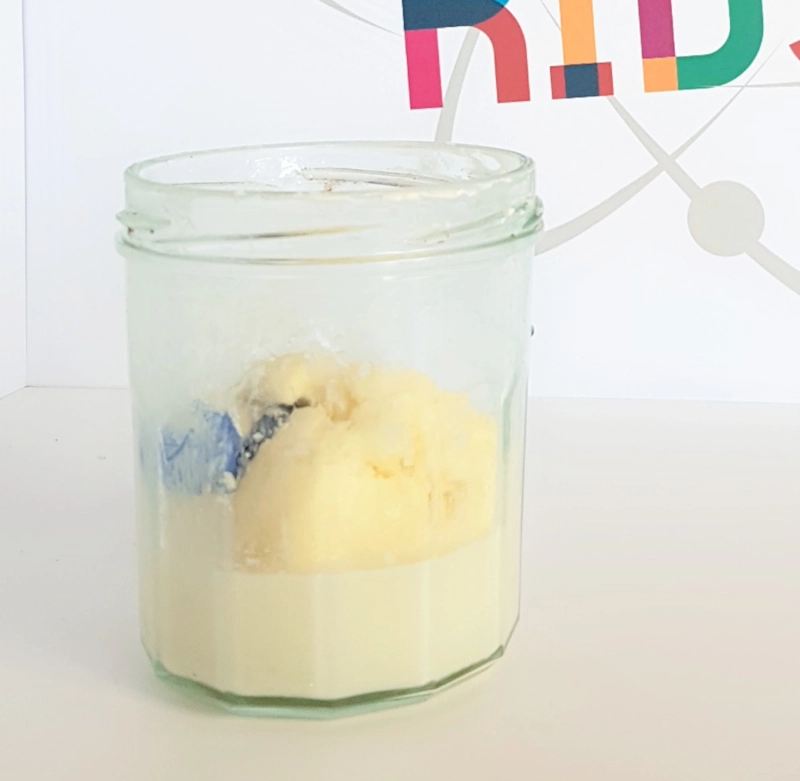
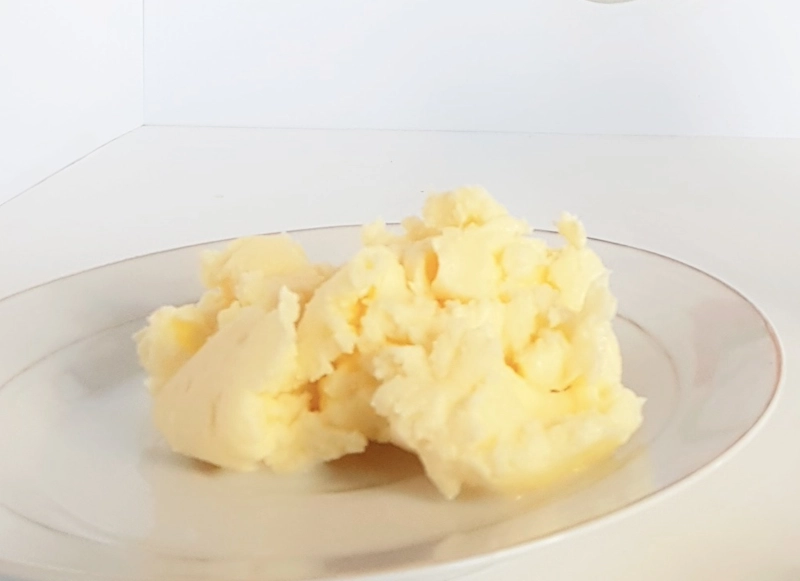

Filter through a sieve to recover only the solid part, the butter. To give it more flavor, you can also wash the butter with salted water.
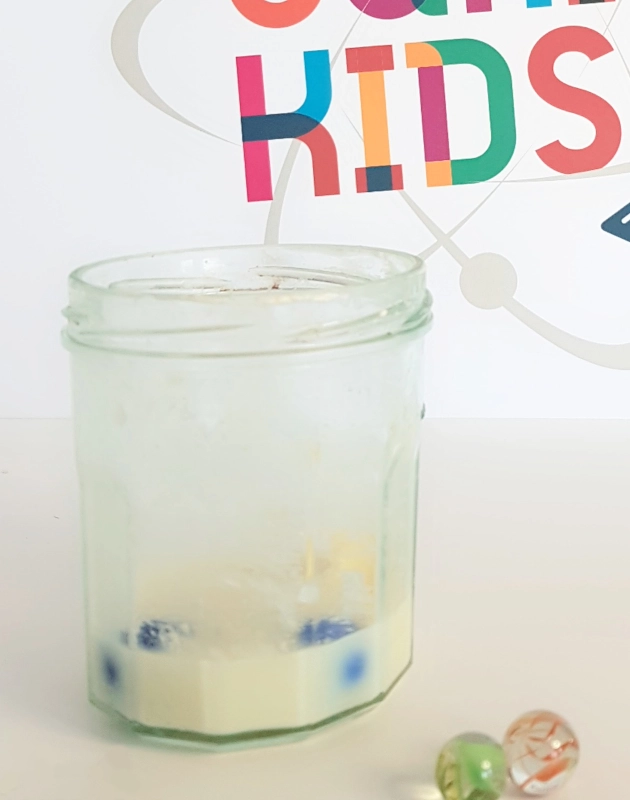
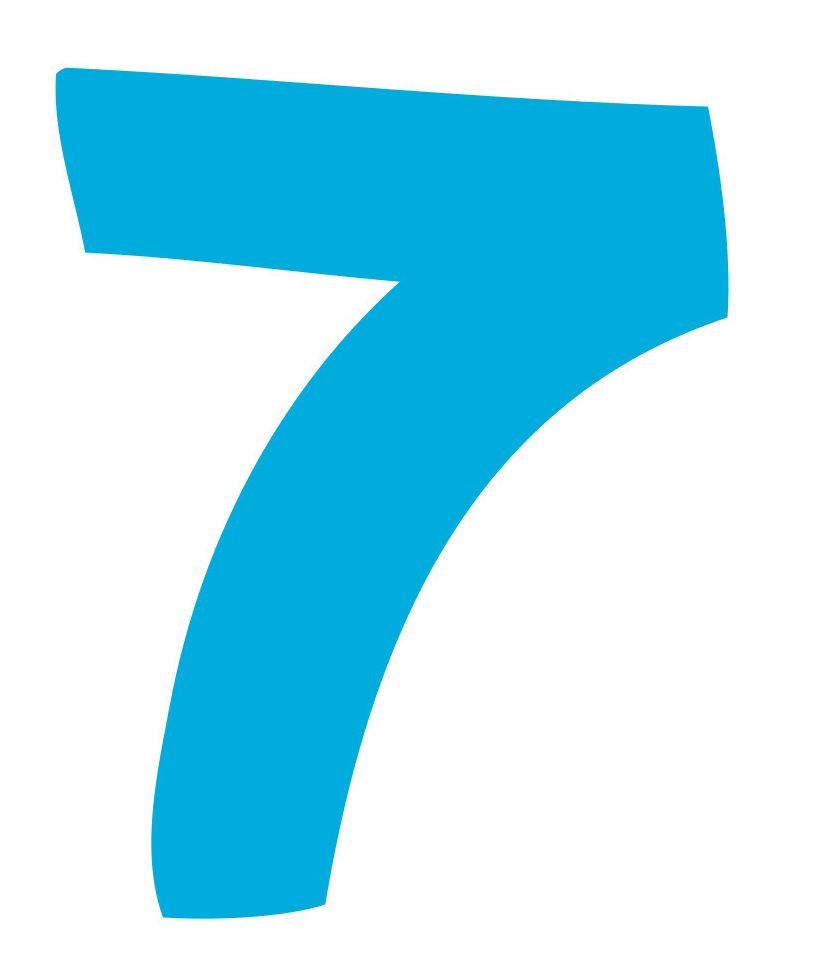
The remaining liquid is the buttermilk, also called “whey”.
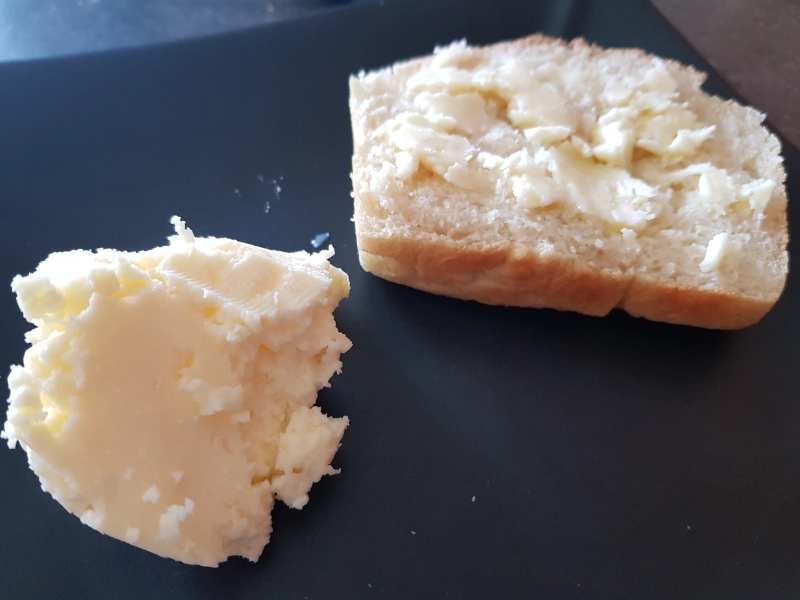
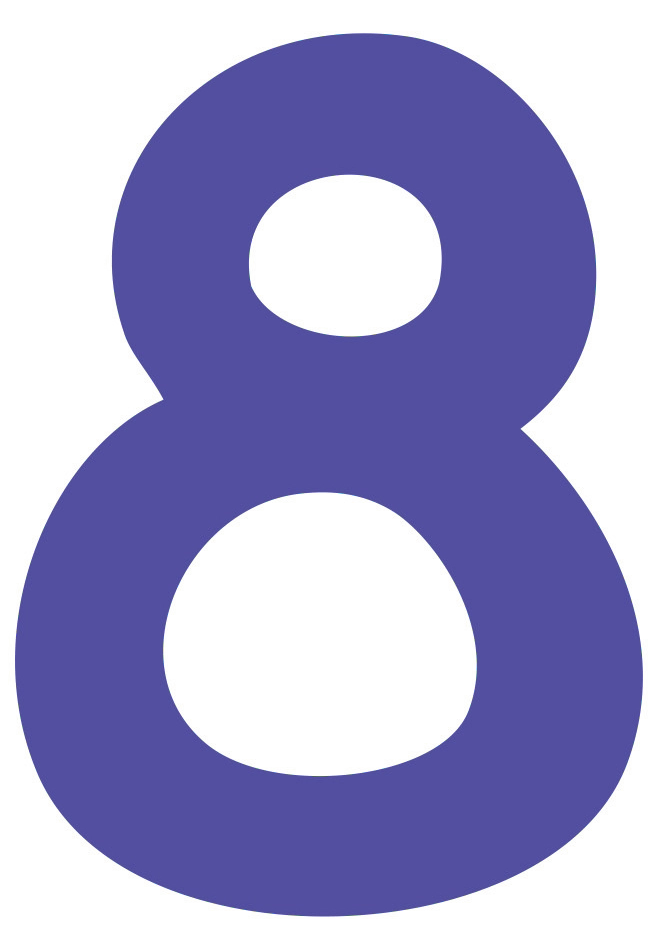
Taste your butter on a slice of fresh bread.
Enjoy your meal.
Understand the experiment
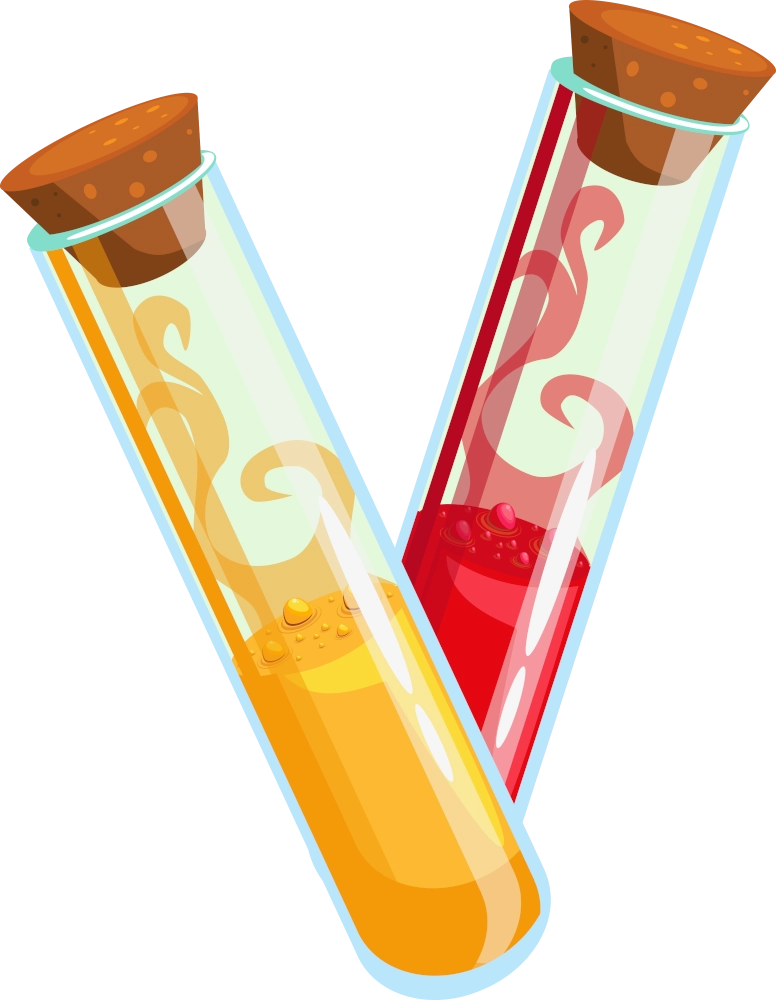
From a liquid, I get a solid
The cream is made up of water and fat globules suspended in water. We are talking about oil in water emulsion.
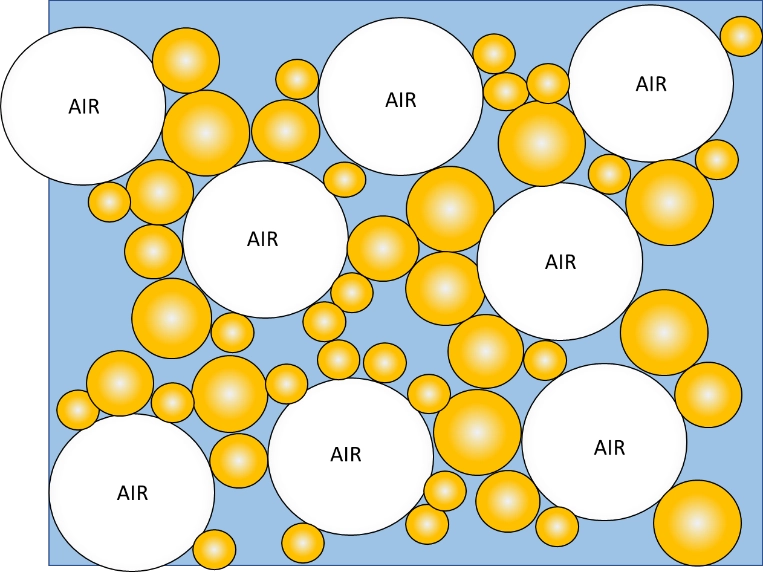
By shaking the jar, the air is introduced into the cream.
The fat globules in the cream stick to the air bubbles and lock them in the mixture. The more you shake, the more air you put in your mixture. So that in the end, all the fat globules stick to each other to form a white foam.
You get whipped cream!
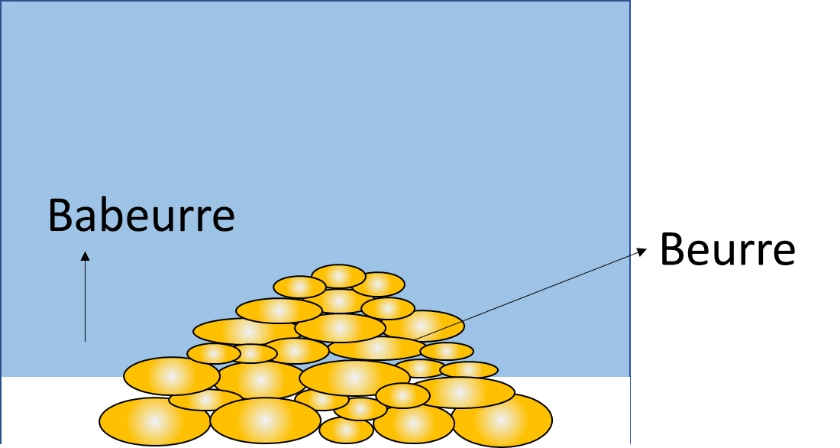
By shaking longer, the beads burst the globules.
The fat contained in the globules agglomerates into a large yellowish block. This is called coalescence.
you get the butter.
Did you know?
Butter, a product that dates back several millennia.
Butter preparation is as old as Western civilization. In ancient Rome, butter was used for medical reasons (to treat bad coughs or as an ointment on painful joints). In the 19th century, the manufacture of butter became industrial. On farms, employees used the churn. A very physical task, but which allowed to have the fat necessary to cook food.
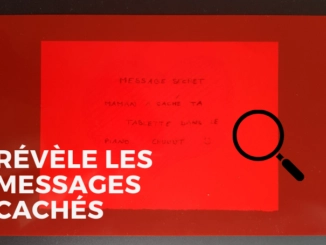
Decode messages with a red filter
Do you want to send secret messages to your friends, without anyone else being able to read it? Or even send a secret invitation to a lover? Play with light and color transmission to hide your messages. It’s your turn to play! […]
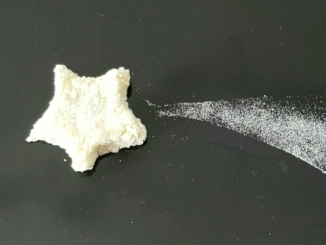
Transform milk into plastic
Did you know that plastic can also be produced from natural resources? The best example is milk! Milk proteins, huge molecules like those in plastics, can, under certain conditions, agglomerate to form a solid. […]
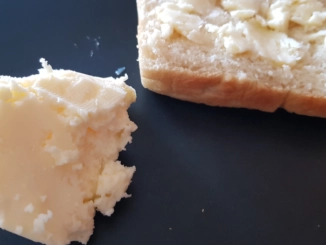
Abracadabra, I transform the cream into butter
Butter is obtained from cow’s milk. But did you know that you can prepare your […]


